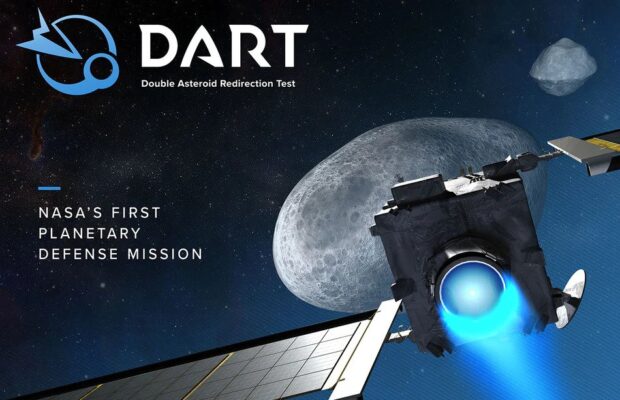NASA creates spacecraft to destroy an asteroid

On Sept. 26, NASA’s Double Asteroid Redirection Test, or DART, performed in the first ever asteroid deflection test. Ten months after it was launched, and after traveling around the sun 101 million miles, it hit the asteroid Dimorphos, which was seven million miles away from Earth. Dimorphos, at around 500 feet in diameter, is the smallest target that NASA has ever attempted to hit.
DART is part of NASA’s planetary defense strategy, and would be used in the event of an earthbound asteroid, but it is also a testament of the collaborative power on Earth. NASA Administrator Bill Nelson commented on the cooperation used for this project in a NASA press release. “At its core, DART represents an unprecedented success for planetary defense, but it is also a mission of unity with a real benefit for all humanity,” Nelson said. In the event of a world ending asteroid heading towards the Earth, every country and their space agencies would have to come together to prevent it.
In June 2017, NASA approved a move from concept development of DART to the preliminary design phase of the mission, and assembly began in August 2018. The budget for the mission was 324.5 million dollars, and it was a joint project between NASA and Johns Hopkins Applied Physics Laboratory. The spacecraft is simple, and in the payload a camera is the only instrument attached. This camera is a high resolution camera used for both navigation and to take images of the asteroid.
The DART spacecraft launched in November 2021 and spent 10 months on a course to hit Dimorphos. DART hit Dimorphos at a speed of 4.1 miles per second, or 14,760 miles per hour. DART presents the ability to stop a natural disaster, and the ability to protect the Earth from an extinction event as a whole. DART can also stop an asteroid with the capability to wipe out the human population, and could possibly save billions of lives in the future.



